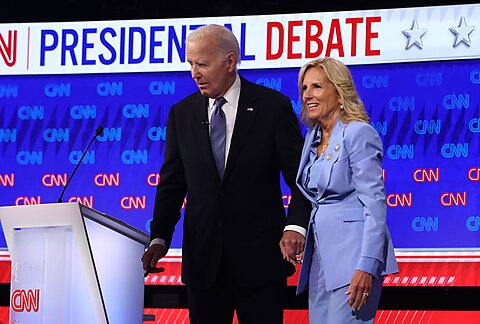Last month, an advisory panel convened by the Food and Drug Administration reviewed the results of phase 3 clinical trials of MDMA (midomafetamine, known colloquially as “ecstasy” or “molly”) in treating post-traumatic stress disorder (PTSD). The committee recommended, by a vote of 9–2, against the FDA approving the drug to treat PTSD.
The committee based their vote on an analysis by FDA scientists that concluded it is impossible to conduct truly double-blinded placebo-based randomized controlled trials on the drug. For a study to be double-blinded, neither the participants receiving a drug nor the researchers administering it can be aware of which subjects are receiving a placebo instead of the drug under study. The analysts contended that patients would quickly surmise they were administered a placebo if they did not experience the profound mood alterations and sensations widely known to be associated with MDMA. The analysts argued that it may be “nearly impossible to blind” studies on such psychoactive drugs. (That seems like a catch-22.)
The 9–2 vote came despite a multi-site randomized double-blinded phase 3 study published in Nature last September that found 86 percent of PTSD patients who received MDMA plus talk therapy had reduced severity of symptoms after 18 weeks.
Lykos, the company applying for approval, is a public benefit corporation spun off from the Multidisciplinary Association for Psychedelic Studies (a non-profit research and educational organization) with the mission of developing and marketing novel psychedelic-assisted therapies. The FDA is scheduled to decide on approving MDMA to treat PTSD in August. While it is not required to follow the advice of its independent advisory councils, it usually does.
Since 1985, the Drug Enforcement Administration has classified MDMA as a Schedule I drug—“drugs with no currently accepted medical use and a high potential for abuse.” The agency does so despite intensive hearings on its medical use, potential for abuse, safety, and toxicity, overseen by DEA administrative law Judge Francis D. Young. Young ruled that MDMA should be classified as Schedule III—drugs with “moderate to low potential for physical and psychological dependence.”
Just as the FDA can overrule its advisory panels’ recommendations, the DEA can overrule its administrative law judges’ recommendations. It did so in 1985, in another example of cops practicing medicine. Millions of people living with PTSD have been denied access to treatment with MDMA ever since.
On July 7, approximately two dozen clinicians and clinical researchers, including several holding academic positions at prestigious institutions in the US and UK, signed a “consensus statement” endorsing MDMA-assisted therapy for PTSD. The clinicians addressed the concerns FDA scientists raised about the difficulties of conducting double-blinded studies on psychoactive drugs like MDMA:
Although concerns have been raised about functional unblinding and expectancy effects in the phase 3 trials, these are common issues with testing psychoactive medications. We believe that these concerns do not rise to a level that would call the main clinical trial findings into question. In our assessment, the findings provide ample evidence of the efficacy of midomafetamine-assisted therapy for PTSD…
The statement concludes:
While we agree with many of the issues raised by the FDA advisory committee, given the data we have reviewed and the urgency of the need, our assessment is that the benefits of midomafetamine-assisted therapy outweigh the risks and that midomafetamine is now approvable. The use of midomafetamine-assisted therapy should include a Risk Evaluation and Mitigation Strategy (REMS) that can be adjusted as real-world safety and efficacy data emerge.
So now the fate of PTSD sufferers is in the hands of the FDA, which will decide which group of experts’ advice to follow.
What is missing in all of this is the idea that autonomous adults have the right to self-medicate. The idea that competent adults have the right to self-medicate follows directly from the doctrine of informed consent. All public policies must start from a presumption of individual liberty and autonomy. They must respect personal freedom and self-governance.
In a 2020 white paper, Michael F. Cannon and I presented a roadmap for returning to drug regulations that respect adult autonomy and the right to self-medicate. Neither the cops in the DEA nor the bureaucrats in the FDA are morally justified to do otherwise.









